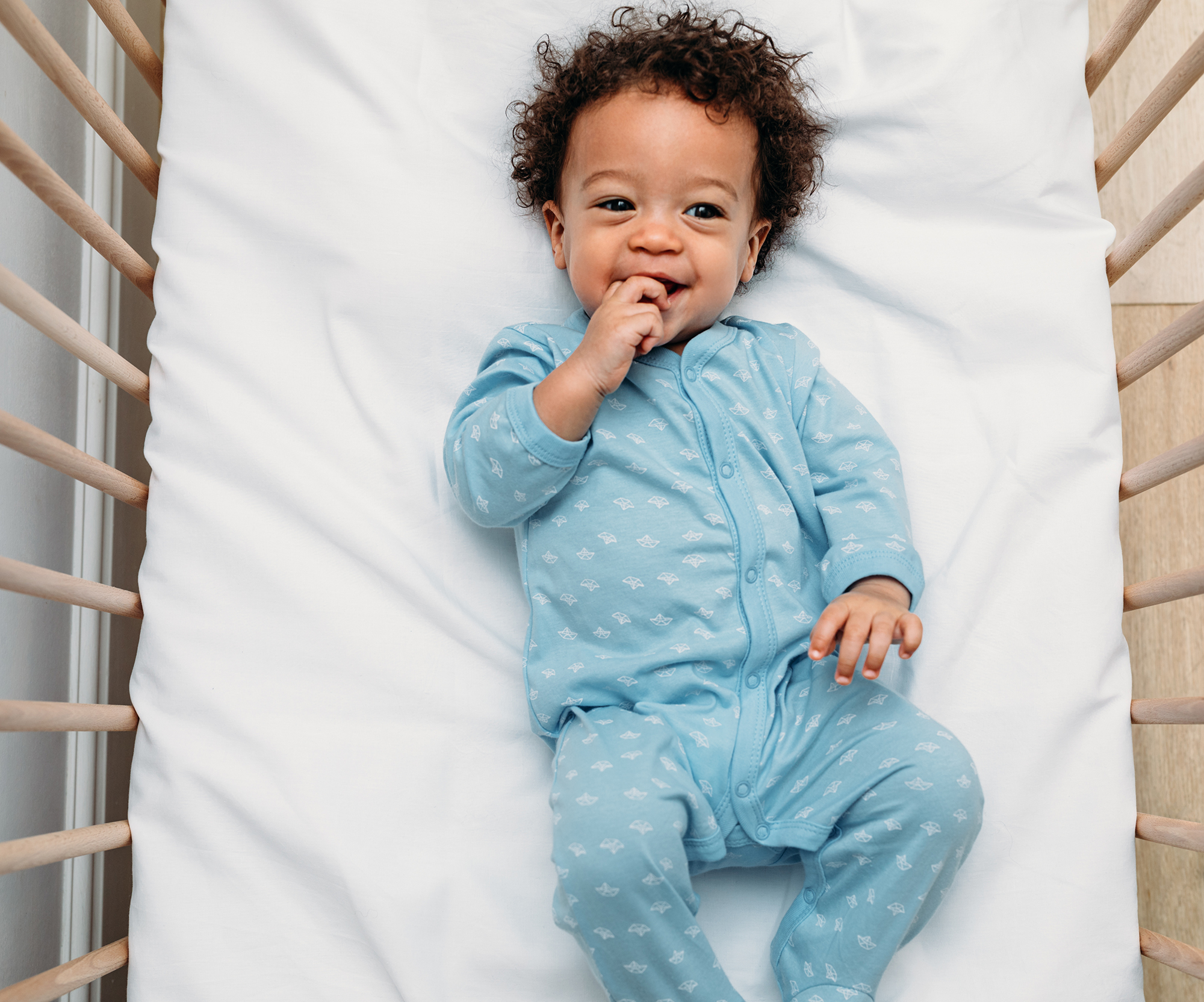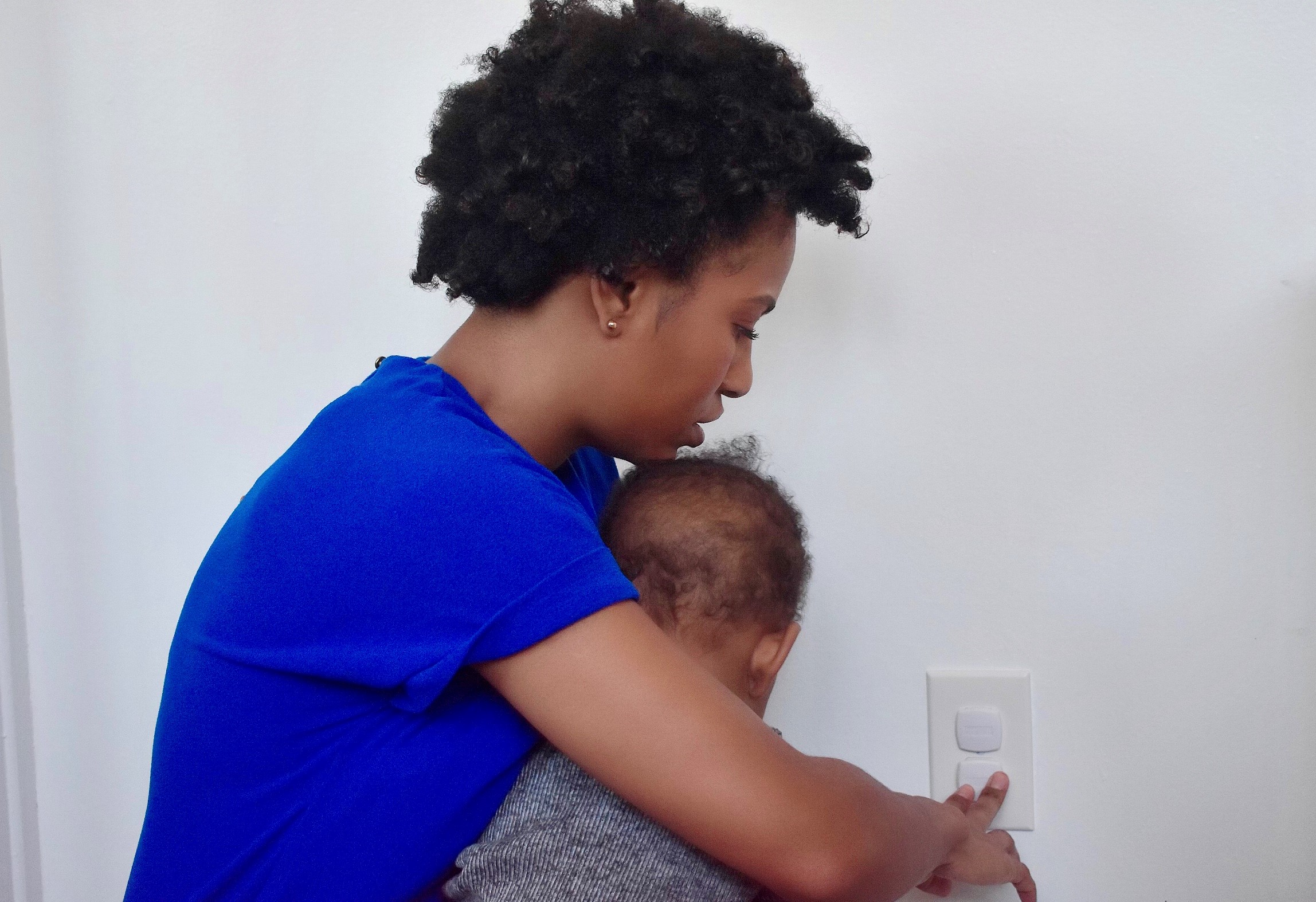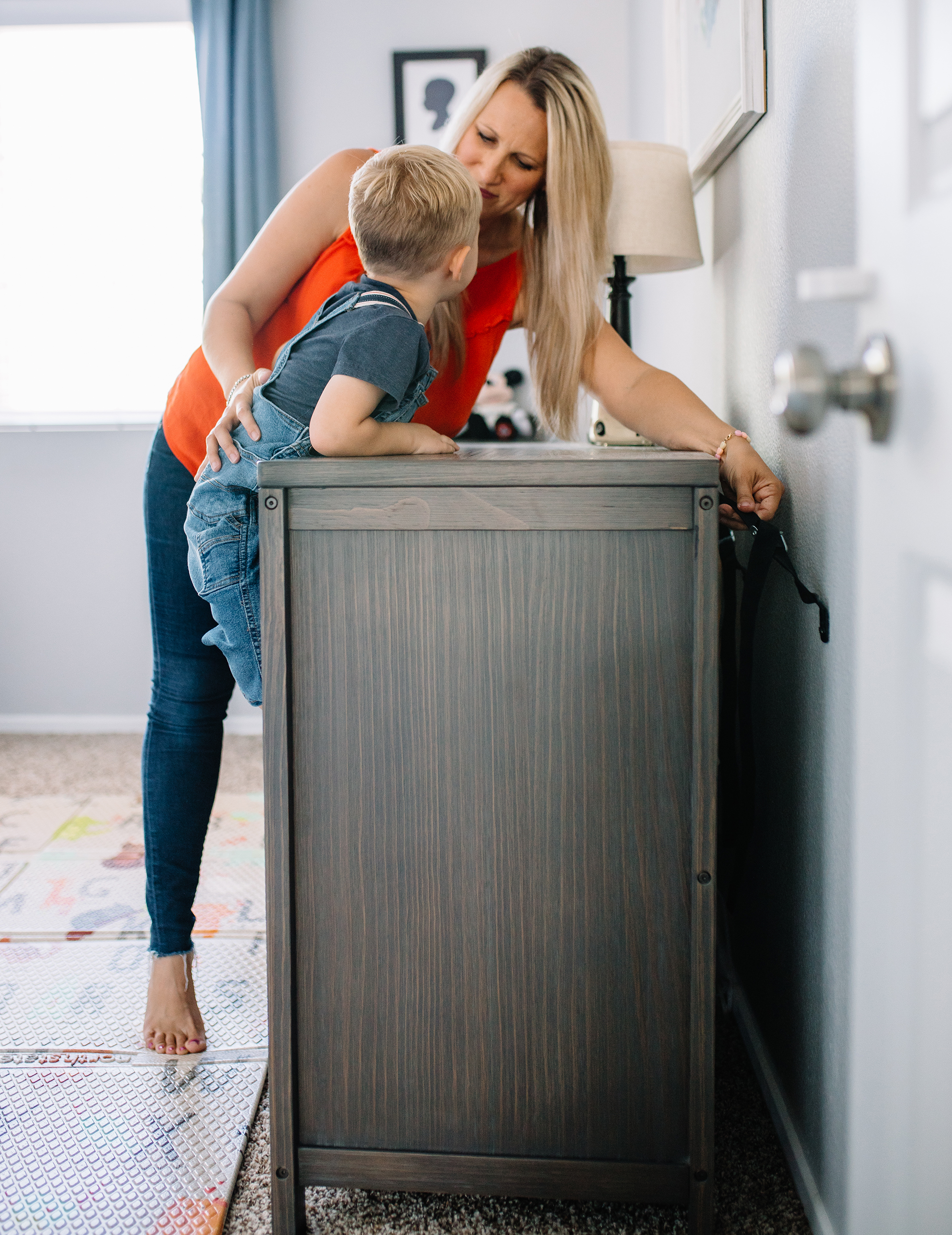Nursery Checklist: 10 Safety Tips for Parents
Sep 17th 2020
In honor of Baby Safety Month, follow these tips to ensure your baby’s nursery is comfortable, safe, and free from hazards.

As new and expecting parents, our top priority is always the safety of our little ones. Preparing a nursery for your baby can seem like a daunting task, especially since newborn babies spend most of their time sleeping! These tips will help you set up a nursery that will be both comfortable and safe, from the time your little one comes home from the hospital to when they are older and toddling around.
1. Crib
It may be tempting to use a hand-me-down crib or the same one that you slept in as a child, but safety standards have greatly improved in the last ten years. In 2011, strict federal safety standards for cribs were implemented, so make sure your crib adheres to the new rules. Parents should also avoid placing blankets, pillows, and extra items in the crib as they are strangulation hazards. It’s best not to hang any heavy wall art above the crib, and the crib should be placed a few inches away from the wall in case any décor falls down.
2. Mattress
This is where babies spend most of their time, so it’s important to make sure it’s super safe. A breathable mattress is a must-have! They can be key in preventing suffocation if your baby happens to roll onto their stomach during the night. It’s also important to make sure the mattress properly fits your crib. There shouldn’t be any gaps between the mattress edges and the crib bars. If you can fit more than two fingers in the gap, it is too wide and your baby’s limbs could get stuck.
3. Alarms
Install smoke detectors and carbon monoxide detectors in or near your baby’s room so you can be aware of any hazards in the nursery. The Consumer Product Safety Commission recommends that smoke alarms should be installed in these areas: every bedroom, outside your family’s sleeping area, and on every level of your home. Similarly, you should have one carbon monoxide detector per floor at a minimum. Follow each alarm’s individual instructions on regular testing, cleaning, and maintenance.
4. Outlets
Outlets can be dangerous for little fingers, so it’s important to protect them from getting shocked. It only takes a few seconds to install Plug Protectors over unused outlets. Sliding Outlet Covers are also a great option, as they provide easier access for adults while still keeping little fingers out. Loose electrical cords can also be a danger, so use staples or clips to secure them to the wall and out of reach of little ones.

Photo credit: Meghan Jenay
5. Doors
Bedroom doors can cause parents to worry, whether your little one can escape to other areas of the house or the door itself can cause pinched fingers. To prevent your kiddo from escaping their room at bedtime, use a Door Knob Cover or Baby Gate. Use a Rotating Door Stopper or Pinch Protector to keep little ones from pinching their fingers in doorways.
6. Windows
Place furniture away from the windows and install window guards, Sliding Window Locks, or Wedge Locks to prevent any falls. Use cordless window coverings whenever possible, or put any cords up out of reach, since they can pose a strangulation hazard.
7. Baby Monitor
Baby monitors should be placed at least 3 feet away from your baby’s sleep environment. Double check that the cords are tucked away and your child cannot reach the monitor.
8. Furniture
Even if your baby isn’t crawling yet, pretty soon they will be moving around and very curious! When your toddler tries to test their climbing skills, prevent furniture and televisions from tipping over with a Furniture & TV Strap. Dresser drawers can also be childproofed with a Corner Drawer Lock.

Photo credit: Dr. Kim Van Dusen
9. Changing Table
Babies are very wiggly, so make sure the table is sturdy and secure. Never turn your back on your little one or leave them on the table unattended so that they don’t fall. Keep all needed items within adults’ reach, but avoid clutter on the changing table so that your baby can’t get into anything.
10. Toy Box
Boxes or baskets without lids are best for toy boxes, but if you must use a toy box with a lid, make sure can be held open with safe hinges. Also, make sure it has air holes in case of your child getting trapped inside.
